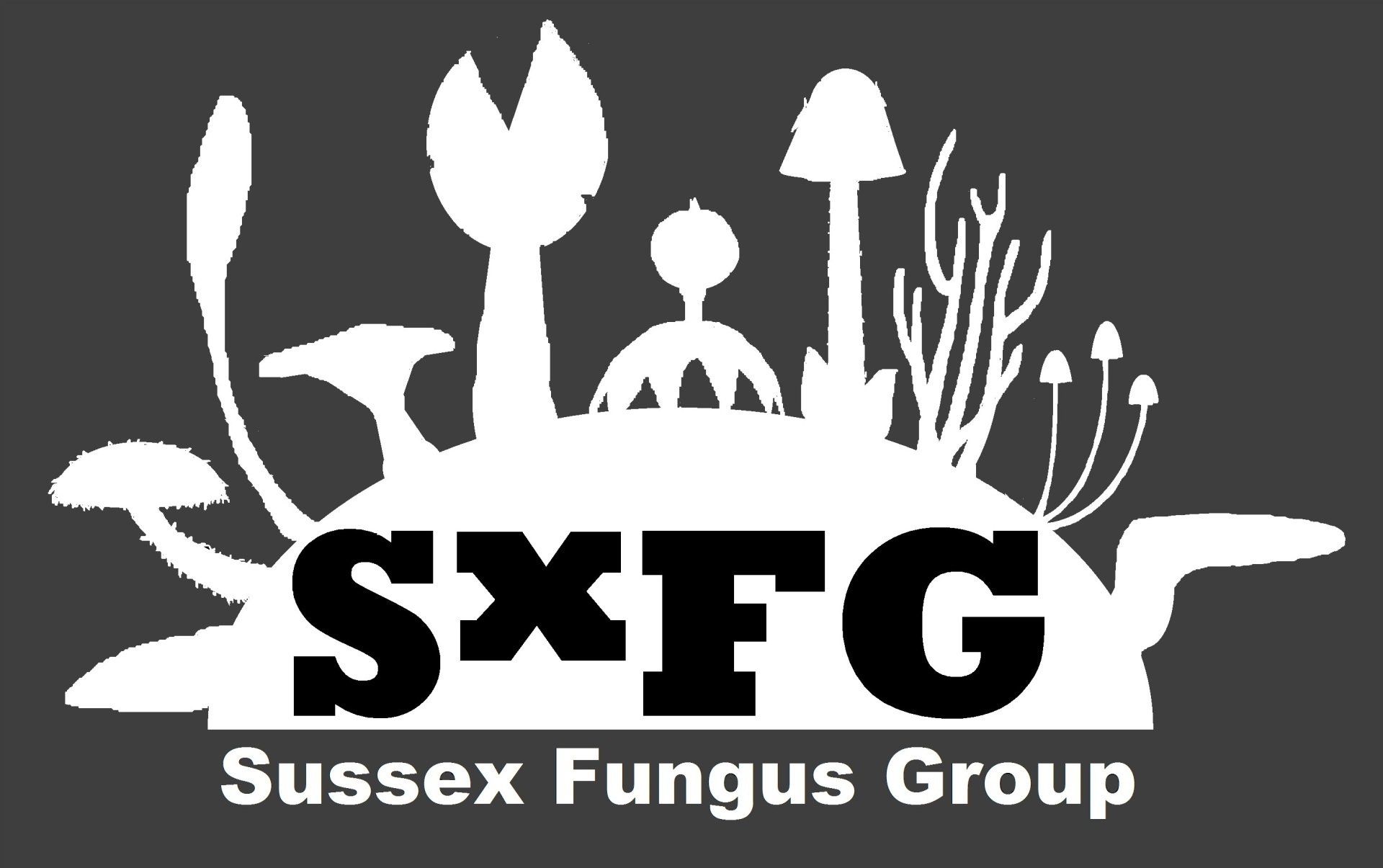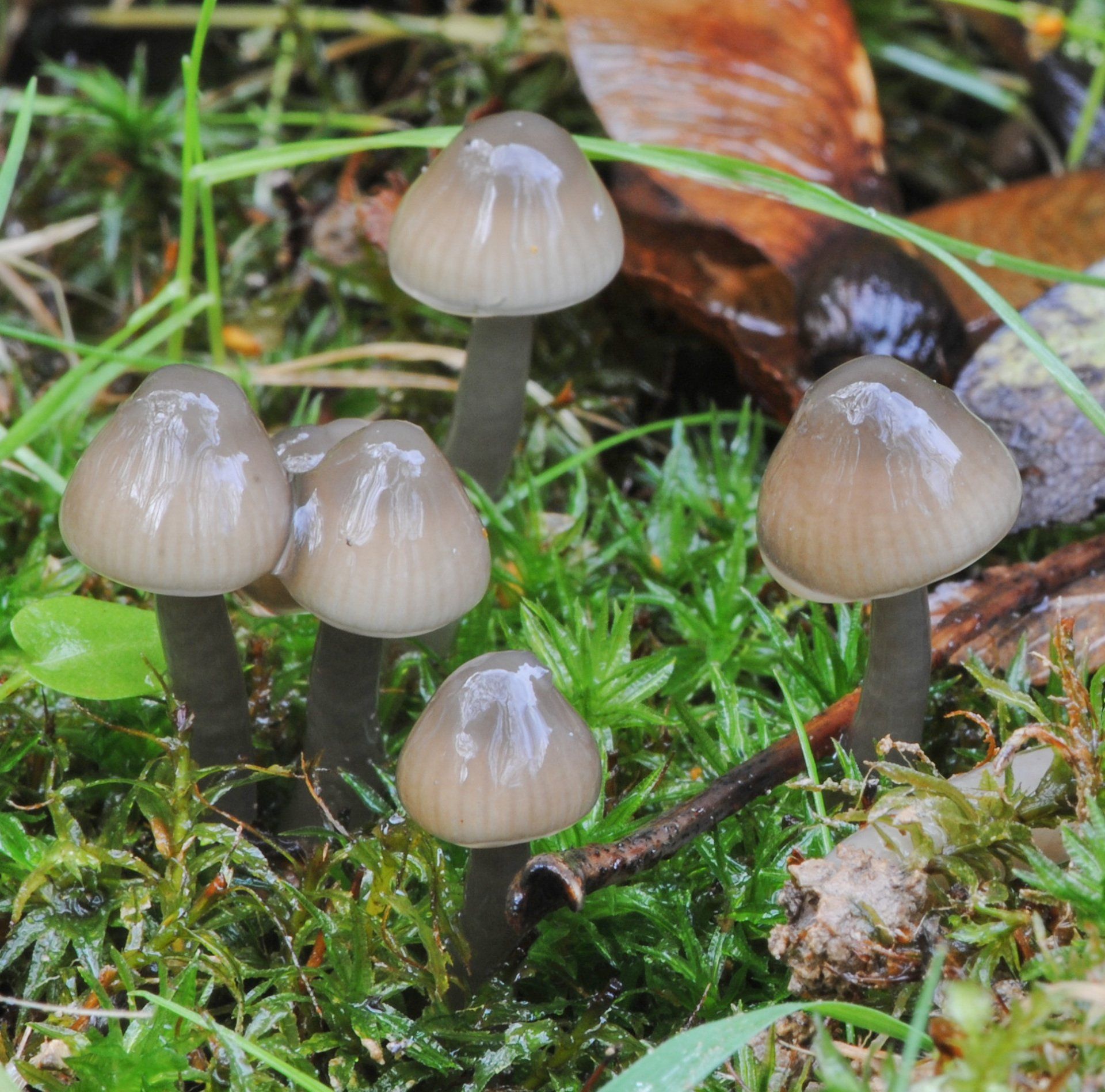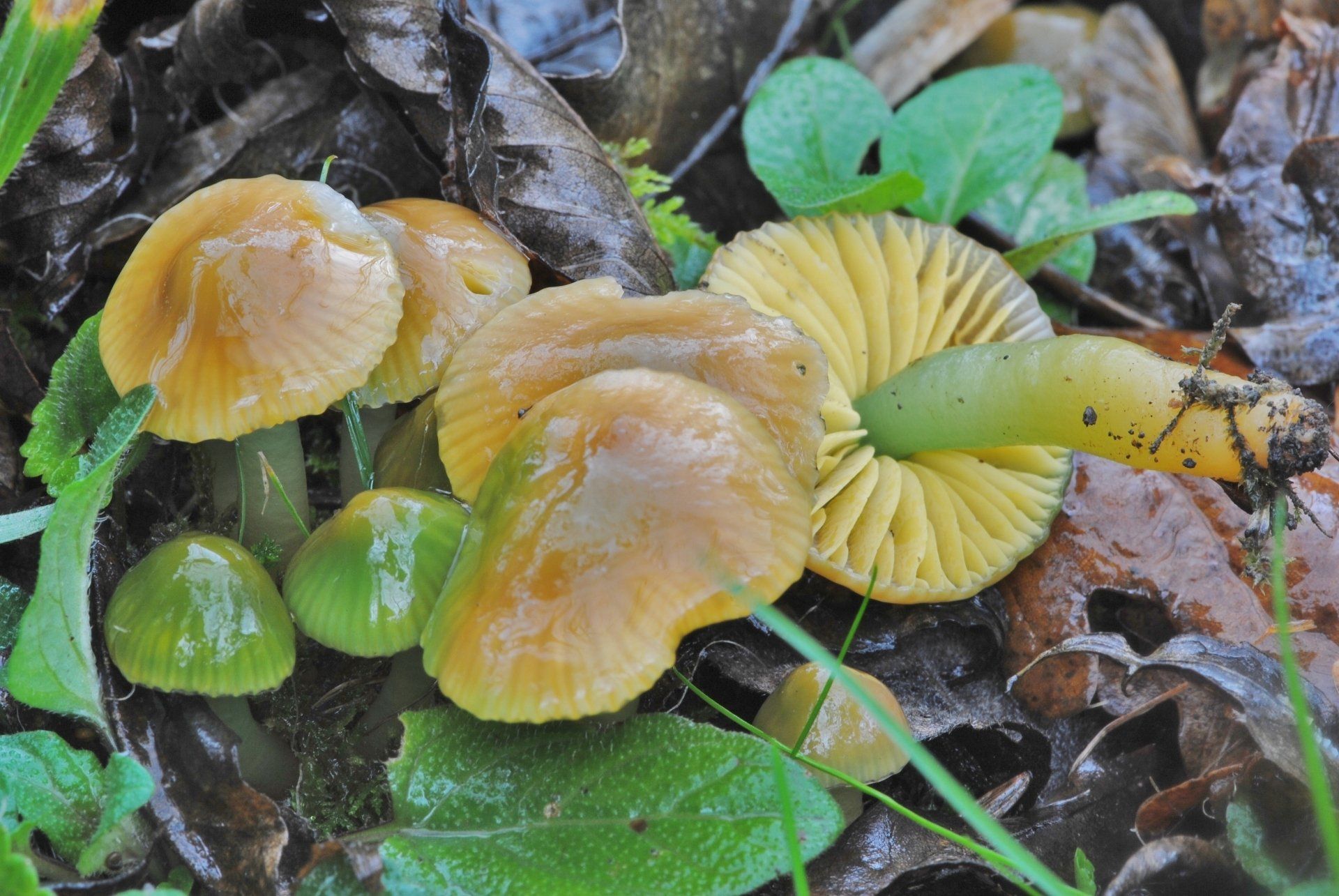Sussex Waxcap Atlas
In order to increase awareness of Sussex’s mycologically rich grassland sites and support their conservation, an online identification tool was developed in parallel with a Sussex Waxcap Atlas by Clare Blencowe.
The two Vice Counties have a fairly rich recent recording history, with recorders intensively surveying Sussex sites in the late nineties and early 2000's, and a British Mycological study week providing valuable baseline data against which current recording efforts could be compared. This has been further boosted from 2018 onward by the Natural England Field Unit undertaking field surveys of sites in the High Weald and working with Aberystwyth University to obtain e-DNA analysis of soil samples from various sites.
Local experience shows us that mycologically rich grassland sites are vulnerable to changes in land use and encroachment from development. Increased focus on tree planting could lead to the destruction of open habitats such as mycologically rich grasslands.
Chapter 14 of the JNCC SSSI selection guidelines sets thresholds for identifying sites as being of SSSI quality or potentially of regional importance for their grassland fungi – thus providing a strong framework for assessing sites and prioritising sites for further survey
Several recent publications suggest that, when it comes to defining and recognising cryptic species, there is still a lot of taxonomic work to do, so well documented field observations and retention of specimens along with submission of molecular data could help to inform future work.
Locally, the development of the online ‘grassland waxcap identification support tool’ and the online ‘Sussex waxcap atlas’ will hopefully help people get to grips with waxcap identification and contextualise their observations – e.g., it should be easy to check the recorded distribution of species in Sussex and see if you’ve found a species that’s widespread or only rarely recorded.


